Human
Explorer
- Член од
- 10 октомври 2009
- Мислења
- 12.395
- Поени од реакции
- 5.021
Супер, одличен заклучок што оди во прилог на глобалното затоплување.Така е, Глобално затоплување значи поголеми просеци од претходно.
Е сега зашто за тебе ова тврдење НЕ е точно:
https://www.wetter-center.de/blog/?p=496
The graph shows, in addition to a very high variability in temperature, that it was as warm in central Greenland in the 1930s and 1940s as it is currently, as well as in the 1140s of the so-called Medieval Warm Period . The current temperatures in Greenland are thus still within the natural variation of the climate system.
If you look at the lower curve, you also see that before the year 1000 there were many periods that were still much warmer than today, especially around the year 700 and around 1350 BC. The conclusion of this study is thus: Up to now, no warming has been detected for the center of Greenland that has not happened before in the past.
Бидејќи глобалната клима на планетава е многу сложен систем, тоа значи како надополнување на тоа што пишав претходно, дека на некои места температурите ќе одат нагоре, на некои надолу, а некаде ќе бидат непроменети. Заедничкото е што глобалните температури ќе одат нагоре. Тоа ги предизвикува промените на локални места, како што е пад на температурите. Зголемен број на суши. Зголемен број на поплави. Најдобар пример за ова се снеговите во Сахара кои годинава се случија 3 пати?
Фала што го потврди со пример она што го пишав јас погоре.
Проблемот со топлиот период во Средниот век е што бил топол само во Северниот Атлантик со влијание врз Северна Америка и Европа. На другата страна на светот, во Тихиот океан, температурите во тој период биле поладни за разлика од просекот. Глобалната температура за тој период е сосем малку над границите на таа на почетокот на 20тиот век.Или пак ова:
https://www.wetter-center.de/blog/?p=627
Researchers from the Danish Meteorological Institute, Copenhagen and the University of Stockholm have reconstructed the climate of the northern hemisphere in the last 2,000 years in a study . The data of 91 so-called climate proxies between 30 and 90 ° N latitude were evaluated.
The climate proxies used include ice cores , tree rings , lake sedimentsand stalagmites, from each of which a temperature history up to 2,000 years can be derived in the past. With the help of a quality control, however, a large part of the data was sorted out, so that only slightly more than half of the data could be used for the reconstruction of the temperature curve.

The above figure shows the result of the reconstruction as annual temperature anomalies of the northern hemisphere for the years 0 to 2000 (thin black curve). The anomalies are related to the normal period 1880-1960. The green curve at the end shows the measured mean annual temperatures for the region 30 to 90 ° N, the yellow curve the mean values from the grid points that contain the proxies used.
Clearly visible is the medieval warm period around the year 1000 around. According to this study, this warming is at least as strong as that at the end of the 20th century. This is remarkable, considering that the carbon dioxide content of the atmosphere is now about 40% above the level of the Middle Ages.
Причината за ова е зголемената сончева активност и намалената вулканска активност во тој период.
Доколку се направи паралела со денешната сончева и вулканска активност, која ниту е зголемена ниту намалена, како аномалија остануваат зголемените температури. Кое е твоето објаснување за тоа?
Температурата во последните 2000 години:
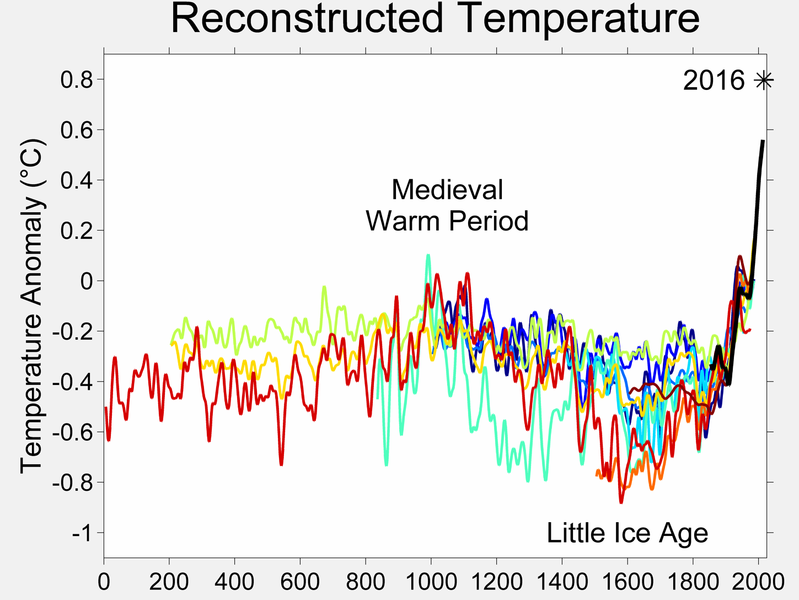
Температурата во последните 2000 години на Северната хемисфера:
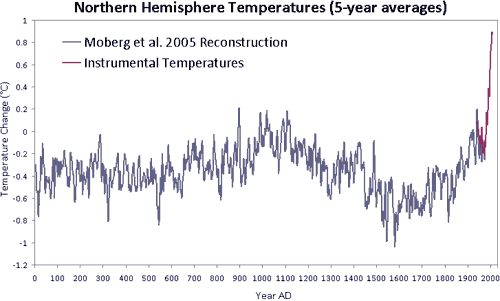
Тhe Medieval Warm Period has known causes which explain both the scale of the warmth and the pattern. It has now become clear to scientists that the Medieval Warm Period occurred during a time which had higher than average solar radiation and less volcanic activity (both resulting in warming). New evidence is also suggesting that changes in ocean circulation patterns played a very important role in bringing warmer seawater into the North Atlantic. This explains much of the extraordinary warmth in that region. These causes of warming contrast significantly with today's warming, which we know cannot be caused by the same mechanisms.
Да, од мојот линк и ако прочиташ малку подолу ќе налеташ на ова:Или од твојот линк што го постави, каде што го пишува следново:
- The period, lasting from about 130,000 to around 115,000 years ago, was, on average, around 1 to 2 degrees Celsius (1.8 to 3.6 Fahrenheit) warmer than it is today.
Warmth-loving hippos roamed present-day Europe, and sea levels, due to melted ice sheets, were 20 to 30 feet higher than today (much of Florida was underwater).
Значи сегашниве температури ги ИМАЛО и претходно, а НЕМАЛО индустрија.
The Eemian period — and the ice ages before and after it — were natural Earth processes, explainable through simple physics by our orientation to the sun at the time, say earth scientists.
These warming and cooling events happened gradually over thousands of years. But the current rapid warming on Earth in just the last 150 years is unquestionably our own doing, as potent greenhouse gases produced by burning coal and other fuels amass in our atmosphere.
The fluctuations between warm and cold periods on Earth have been "going on forever," Pat Bartlein, a paleoclimatologist at the University of Oregon who has researched temperatures since the last ice age, said over email.
"But the key thing is that since industrialization, we’ve been put on a completely different schedule," said Bartlein.
Природни процеси што траеле десетици, стотици илјади години.А која била причината што претходно се менувала количината на СО2 од 150 до 350
Ние успеваме од 180-200 да стигнеме до 400+ за само неколку декади.
Не, не велат дека прво иде зголемуивање на температурата па на СО2, туку на линкот повторно се побиваш себеси, се зборува за методот на детерминација на времето кога е заробен СО2 во малите меури во мразот и кога е формиран мразот. Од едното се добива температурата, а од другото нивото на СО2. Разликата меѓу формирањето на едното и другото е илјадници години, според истражувањето.https://www.scientificamerican.com/article/ice-core-data-help-solve/
Велат најверојатнопрво иде зголемување на температурата па после на СО2.
Имаше и од други научници, каде тврдеа дека иде прво зголемувањето на температурите па после ( од 8 или 80години па натака мислам беше) доаѓа до зголемување на СО2. Ако го најдам и тоа ќе постирам.
Ако земеш од 1900 па до 1950 колку растела температурата, односно колку рекорди имало, па споредиш СО2 тогаш и сега, ќе дојдеш до истиот заклучок.
Со ова повторно го потврдуваш она што го зборувам.The wide margin of error in the EPICA core data is due to the way air gets trapped in layers of ice. Snowpack becomes progressively denser from the surface down to around 100 meters, where it forms solid ice. Scientists use air trapped in the ice to determine the CO2 levels of past climates, whereas they use the ice itself to determine temperature. But because air diffuses rapidly through the ice pack, those air bubbles are younger than the ice surrounding them. This means that in places with little snowfall—like the Dome C ice core—the age difference between gas and ice can be thousands of years.
Прочитај бе пред да пишиш...








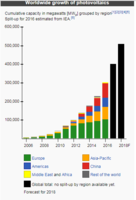
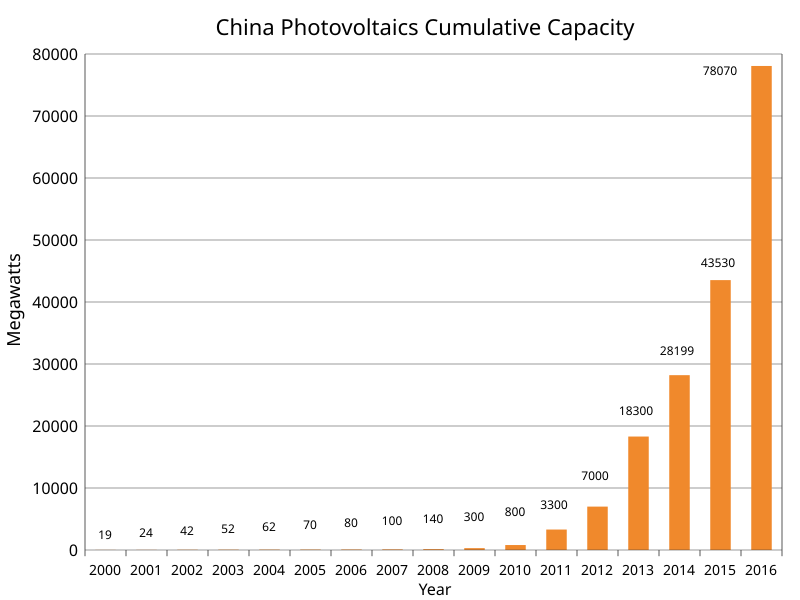




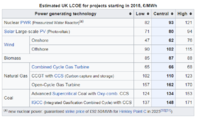


 . Со намалување на емисијата, која трубиш дека е причина за зголемено колучество нели автоматски ќе се намали и количеството СО2.... Или не функционира така...
. Со намалување на емисијата, која трубиш дека е причина за зголемено колучество нели автоматски ќе се намали и количеството СО2.... Или не функционира така...  .
. .
.

